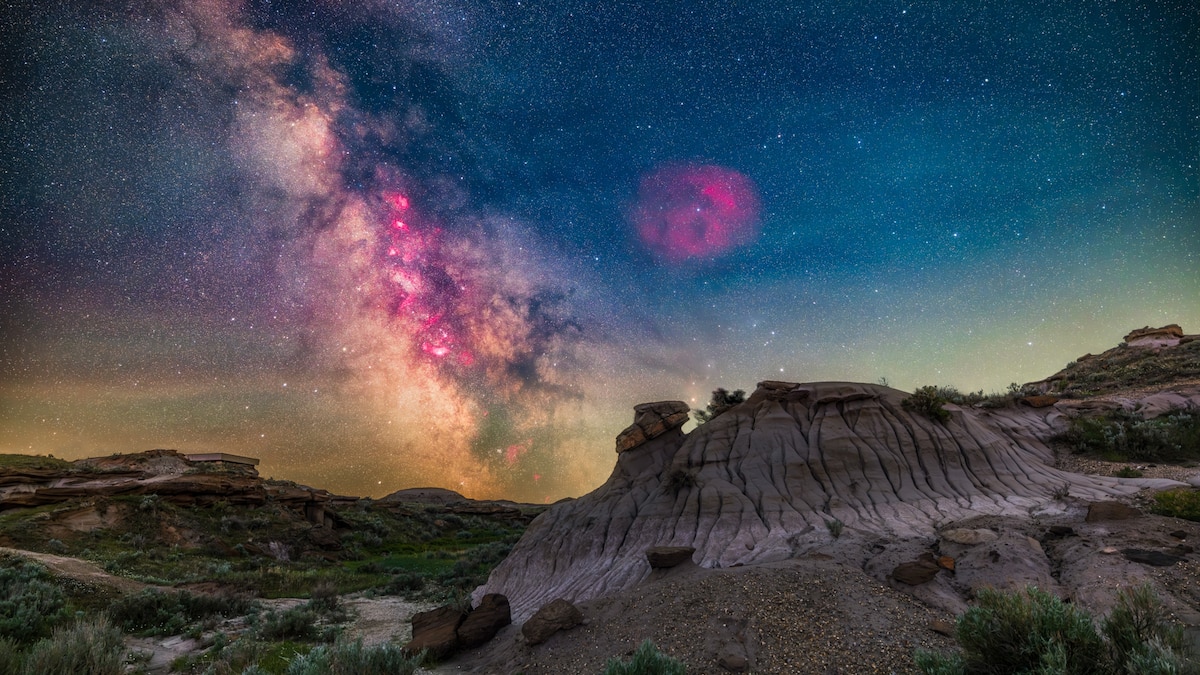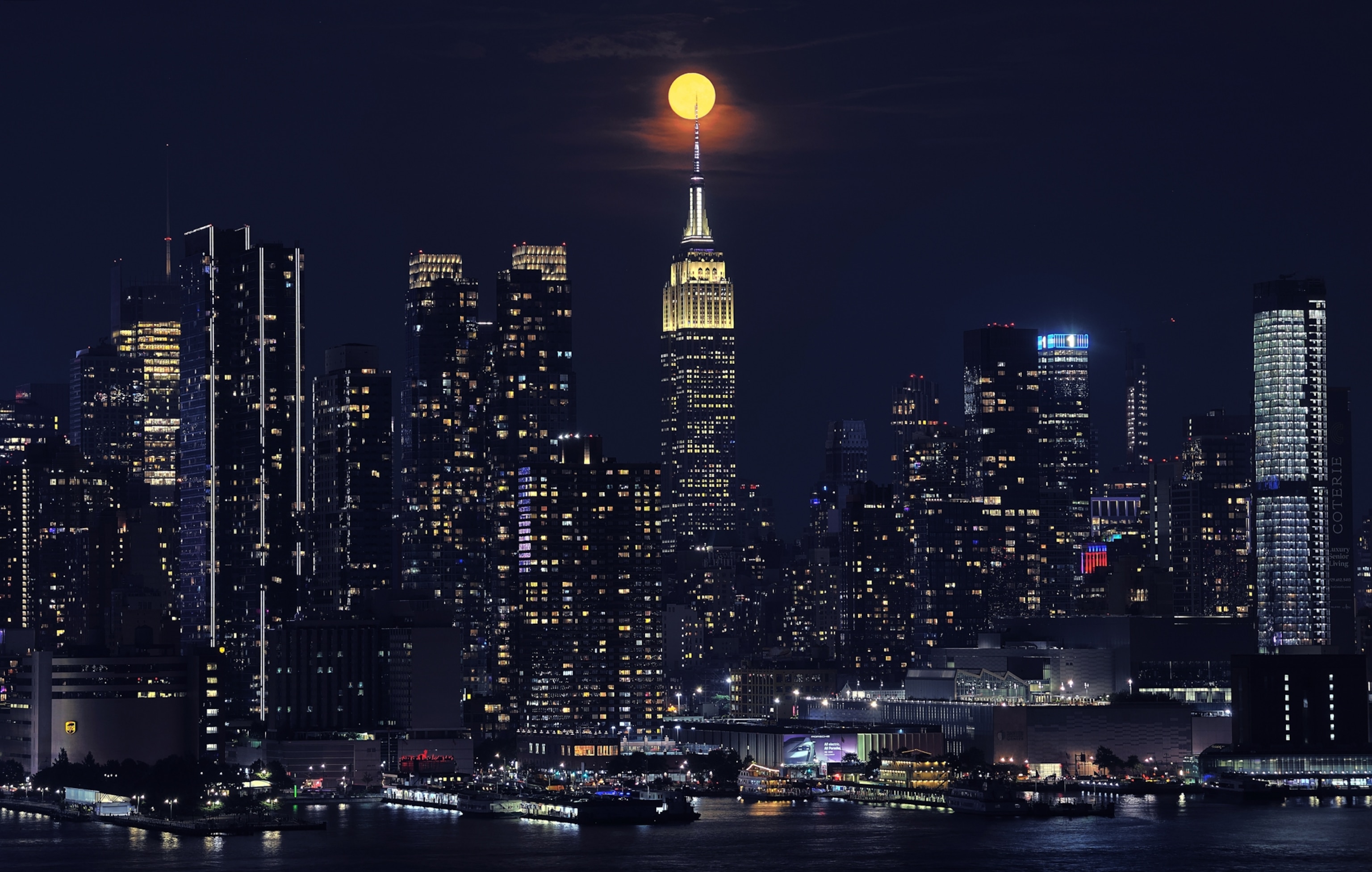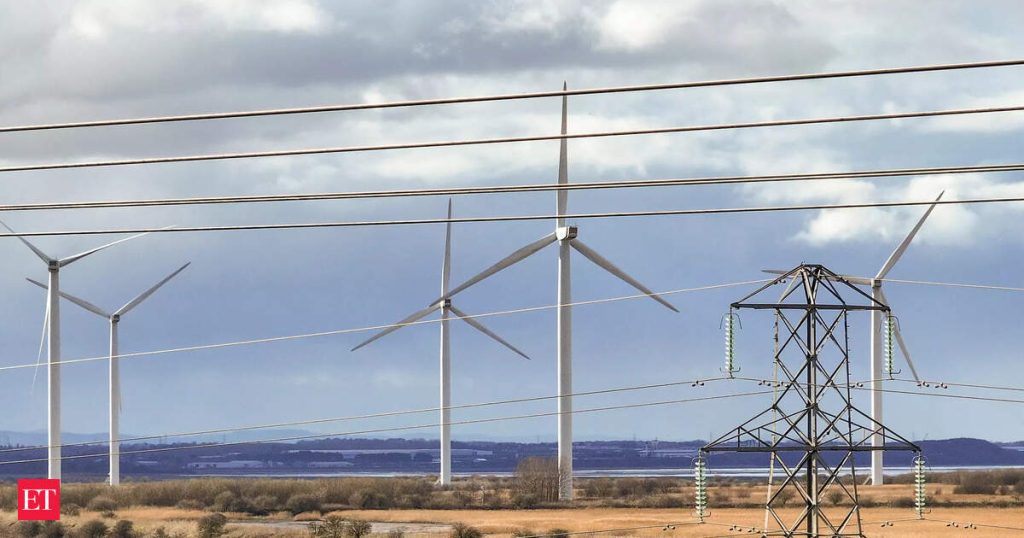Now Reading: Catch a glimpse of the ‘strawberry moon’ and other night sky events this June
-
01
Catch a glimpse of the ‘strawberry moon’ and other night sky events this June
Catch a glimpse of the ‘strawberry moon’ and other night sky events this June

Whether you’re waking up early to spot Venus in the pre-dawn sky, staying up late to peep the Lagoon Nebula, or spending the whole night on the hunt for meteors, June’s night sky has something for every stargazer. Here’s what to keep an eye out for when you look up this month.
(9 must-see night sky events to look forward to in 2025.)
Venus at greatest western elongation—June 1
On June 1, Venus will reach its farthest distance west of the sun from the perspective of Earth—a point known as greatest western elongation. This is a particularly good time to get a glimpse at Earth’s neighboring planet, as it won’t be drowned out by sunlight.
In some time zones, the exact timing of this event occurs on May 31, while in others, it’s on June 1. But the best time to view Venus is just before dawn, when it rises in the eastern sky in the Northern Hemisphere, or the northeastern sky if you’re in the Southern Hemisphere.
A “well-placed” globular cluster—June 2
Missed seeing the “well-placed” globular clusters in May? The Great Hercules Cluster, or Messier 13, reaches its highest point in the night sky on June 2, putting it in a prime viewing position.
Discovered in 1714 by English astronomer Edmond Halley, for whom the iconic Halley’s Comet is named, the Great Hercules Cluster is a collection of more than 100,000 stars densely packed into a glittering, spheroidic shape. While it can be hard to discern with the naked eye, it’s easily visible through binoculars.
Daytime Arietids meteor shower peak—June 7
As its name implies, the prolific daytime Arietid meteor shower doesn’t peak at night, but during the day. That, of course, makes most of the meteors nearly impossible to see.
But there’s still a chance of spotting shooting stars in the predawn hours on June 7, just before the estimated peak during the daylight hours. And if you want to “see” the daytime activity, visit the NASA Meteor Shower Portal and look for colored dots—those indicate meteors associated with the active meteor shower.

The June full moon, known as the Strawberry Moon, rises over St Paul’s Cathedral and The Shard in central London on June 22, 2024.
Photograph by Peter Macdiarmid, eyevine/Redux

The full Strawberry Moon rises behind the Empire State Building in New York City on June 21, 2024.
Photograph by Gary Hershorn, Getty Images
This month’s full moon, known as the “Strawberry Moon,” won’t take on the red hue of its namesake fruit, but it is lovely nonetheless. The nickname, popularized by the Farmers’ Almanac, is derived from Indigenous traditions in North America that link full moons to annual harvesting and hunting events. In June, that’s the ripening of wild strawberries.
(Learn about the lunar cycle and the origins of each month’s full moon name.)
Old European nicknames for the June full moon include the Mead or Honey Moon. According to NASA, this might be tied to the honey harvesting that happens during this month—and it could be the inspiration for the modern honeymoon, as ancient traditions called for June weddings.
Mars and Regulus meet, and a “well-placed” Butterfly Cluster—June 16
Mars and the bright star Regulus—known for its colorful twinkling—will have a close encounter on June 16, with peak viewing occurring around 90 minutes after sunset. Regulus is a four-star system, as opposed to a single star, but only three of those four individual stars will be visible during this event through the eye of a telescope.
You May Also Like
Then, around midnight, the Butterfly Cluster will be “well-placed” in the night sky, reaching its highest point above the horizon. To see this butterfly-shaped open cluster of stars, grab a pair of binoculars.
A “well-placed” nebula—June 22

The summer Milky Way filling the night sky at Waterton Lakes National Park in Alberta, Canada. The pink glow of the Lagoon Nebula can be seen above the horizon, in the Milky Way galaxy’s core.
Composite Photograph by Alan Dyer, VW Pics/UIG/Getty Images
Star clusters aren’t the only “well-placed” celestial objects this month. The Lagoon Nebula, or Messier 8, is a swirling cloud of interstellar gas where stars are born, located some 5,200 light years away. It reaches its highest point in the night sky around midnight on June 22.
From mid-latitudes in the Northern Hemisphere, the Lagoon Nebula can sometimes be seen with the naked eye under ideal viewing conditions. Otherwise, binoculars or a telescope is the best way to spot them.
Prime stargazing conditions—June 25
On this night, there’s a new moon lunar cycle, which means the sky will be plenty dark for stargazing. While brighter celestial objects like planets and stars are typically visible through the moon’s light pollution, dimmer ones like distant galaxies and nebulae will be easier to see during the new moon, particularly through a telescope.
(These are the best stargazing sites in North America.)
If you’re a photographer, this is the perfect time to try your hand at astrophotography. In the Northern Hemisphere, the Milky Way’s galactic core rises high in the night sky throughout the summer, making it a prime focal point.
Bootid meteor shower peak—June 27

A Bootid meteor seen photographed in June 2018.
Photograph by Steve Dudrow, Getty Images
The Bootids are a notoriously variable meteor shower, producing astonishing displays of hundreds of shooting stars some years, and just a few other years.
If you’re willing to try your luck, the meteor shower is expected to peak on June 27. And luck is already on your side—the moon will be barely illuminated as a waxing crescent, so it won’t impede your view of fainter shooting stars.
Close approach of the moon and Mars—June 30
To close out the month, the waxing crescent moon and Mars will put on a little show. Our celestial neighbors will pass within 1°16′ of each other; if you hold your arm out fully toward the moon and stick your pinky finger up, your finger’s width is about the distance between the pair, so you’ll be able to see them simultaneously through binoculars.
Keep an eye out for the “earthshine” phenomenon, where light reflected from Earth makes the unlit part of the crescent moon glow faintly. This most commonly happens just after sunset or right before sunrise.























